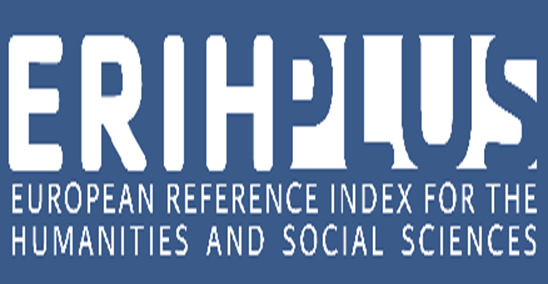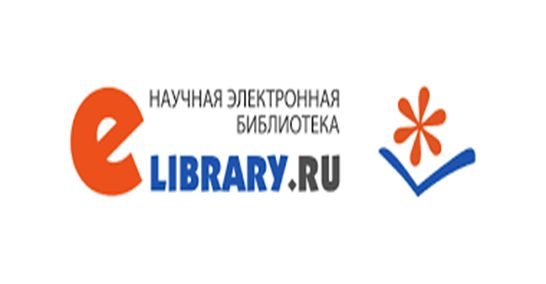The meaning and origin of the name Saikal in the Turkic languages
Views: 1495 / PDF downloads: 1941
DOI:
https://doi.org/10.32523/2664-5157-2023-1-119-130Keywords:
proper name, anthroponym, Saykal, anthroponymic lexeme, appellative meaning, Turkic languages, onymic unitAbstract
The proper name of a person among the Turkic peoples has a special meaning. There is a belief that the name directly affects the future of a person. Therefore, choosing a name for a newborn baby is a big responsibility for the family.
Each onymic unit in the language is a reflection of the national consciousness. Onymic units play an important role in intercultural communication. The meaning of anthroponyms in one language may be different in another related language. This article defines the meaning of the name ‘Saikal’ in the Turkic languages, identifies and compares the anthroponymic and appellative meanings underlying this name. The peculiarities of the use, meaning and origin of the anthroponym «Saykal» in other Turkic languages are differentiated.
On the basis of modern and historical linguistic data, the transformation of the word «Saikal» into an anthroponym and its use in positive and negative meanings is determined.
The word ‘Saikal’ in the modern Kazakh language has a negative meaning. In the Kyrgyz language, the name Saikal is one of the most common names for girls, because Saikal is a heroine who was a fighting girlfriend of Manas Batyr, who was revered by the Kyrgyz people. In the literary heritage of the Kyrgyz people, the image of a woman named Saikal is a symbol of an intelligent, prudent, brave
and courageous woman.
Various historical and cultural factors may influence the use of the same word in Turkic languages with opposite meanings. Comparing the use of anthroponyms of one language in other related languages, it is possible to to restore new data on the system of common Turkic anthroponyms, their history and the function of individual words as anthroponyms.
The data presented in the article will make it possible to understand the peculiarities of the appellative vocabulary underlying anthroponyms, and can also be used in the etymological dictionary of personal names of the Turkic peoples.
Downloads
Reference
Абдиев Т., 2020. К.К. Юдахиндин «Кыргызча-орусча сөздүгүндөгү» арабизмдер. Бишкек. Электрондық дереккөз: https://new.bizdin.kg/media/books/Kyrgyz-tilindegi-arabizmder-Abdiev_pdo32qX.pdf/ (қаралған күні: 2022 жылдың 10 қарашасы).
Әбдуәлиұлы Б., 2012. Қазақ антропонимжасамы: теориялық және практикалық негіздері. Астана: Астана полиграфия. 320 б.
Бектурганова К., 2006. Кыргызстандын асыл кыздары. Бишкек: Мамлекеттик тил жана энциклопедия борбору. 416 б.
Большой академический монгольско-русский словарь в четырех томах. 2001-2002. Москва: Academia.
Жапаров Ш., 2009. Адам аттары – эл байлыгы. Бишкек: “Текник” ББ. 343 б.
Зиннəтуллина Г.Х., 2018. Ə. Еники һəм Ч. Айтматов хикəялəрендə ономастик параллельлəр// Тюркская ономастика: от истоков до современности: материалы международной научно-практической конференции. Казань, 11–14 октября 2018 г. Казань: Изд-во Казан. ун-та. 334 с.
Киргизско-русский словарь. Сост. Юдахин К.К., 1985. Фрунзе: Главная редакция Киргизской Советской энциклопедии, Кн.2-я. Л-Я. 480 с.
Кыргыз тилинин түшүндүрмө сөздүгү. Экинчи бөлүк. 2019. Бишкек: Полиграфбумресурсы. 800 б.
Қазақ әдеби тілінің сөздігі. Он бес томдық. 12-том / Құраст. Үдербаев А., Нақысбеков О., Қоңыратбаева Ж. және т.б., 2011. Алматы. 752 б.
Қазақ тілінің аймақтық сөздігі / Құраст. Қалиев Ғ., Нақысбеков О., Сарыбаев Ш., Үдербаев А. және т.б., 2005. Алматы: «Арыс» баспасы. 824 б.
Қарақалпақша-русша сөзлик. 1958. Москва: Шеттил хәм миллий сөзликлер мәмлeкет баспасы. 892 б.
Лұғат Шағатай уә түрки-османи. Шейх Сүлейман Ефенди. / құраст. И.Кунош. 1902. Будапешт.
«Манас» энциклопедиясы. 2 том. 1995. Бишкек. 432 б.
Тектіғұл Ж.О., 2012. Қазақ тілінің тарихи грамматикасы. Алматы: MV-Print. 500 б.
Türkiye’de Halk Ağzından Derleme Sözlüğü. 6 cilt. 2009. Ankara: TDK Yay.
Хакасско-русский словарь. 1953. Москва: Главиздат. 358 с.
Этимологический словарь тюркских языков. Общетюркские и межтюркские основы на буквы «Л», «М», «Н», «П», «С». 2003. Москва: Восточная литература РАН. 446 с.
https://abaytanu.kz/өлең/39/1 (қаралған күні: 2022 жылдың 15 желтоқсаны).
https://kzref.org/tavarih-i-guzida-ji-nusrat-name.html?page=2 (қаралған күні: 2022 жылдың 15 желтоқсаны).
https://magarif-uku.ru/tatar-isemnere/ir-at/s/ (қаралған күні: 2022 жылдың 15 желтоқсаны).
https://savodxon.uz (қаралған күні: 2022 жылдың 15 желтоқсаны).
https://sozluk.gov.tr/ (қаралған күні: 2022 жылдың 15 желтоқсаны).


























